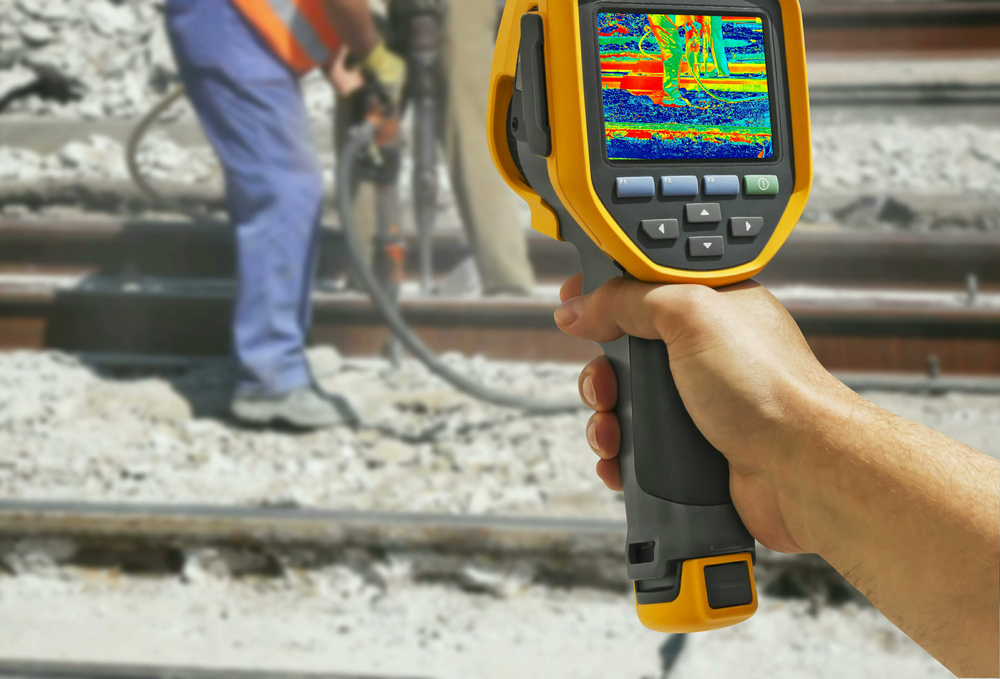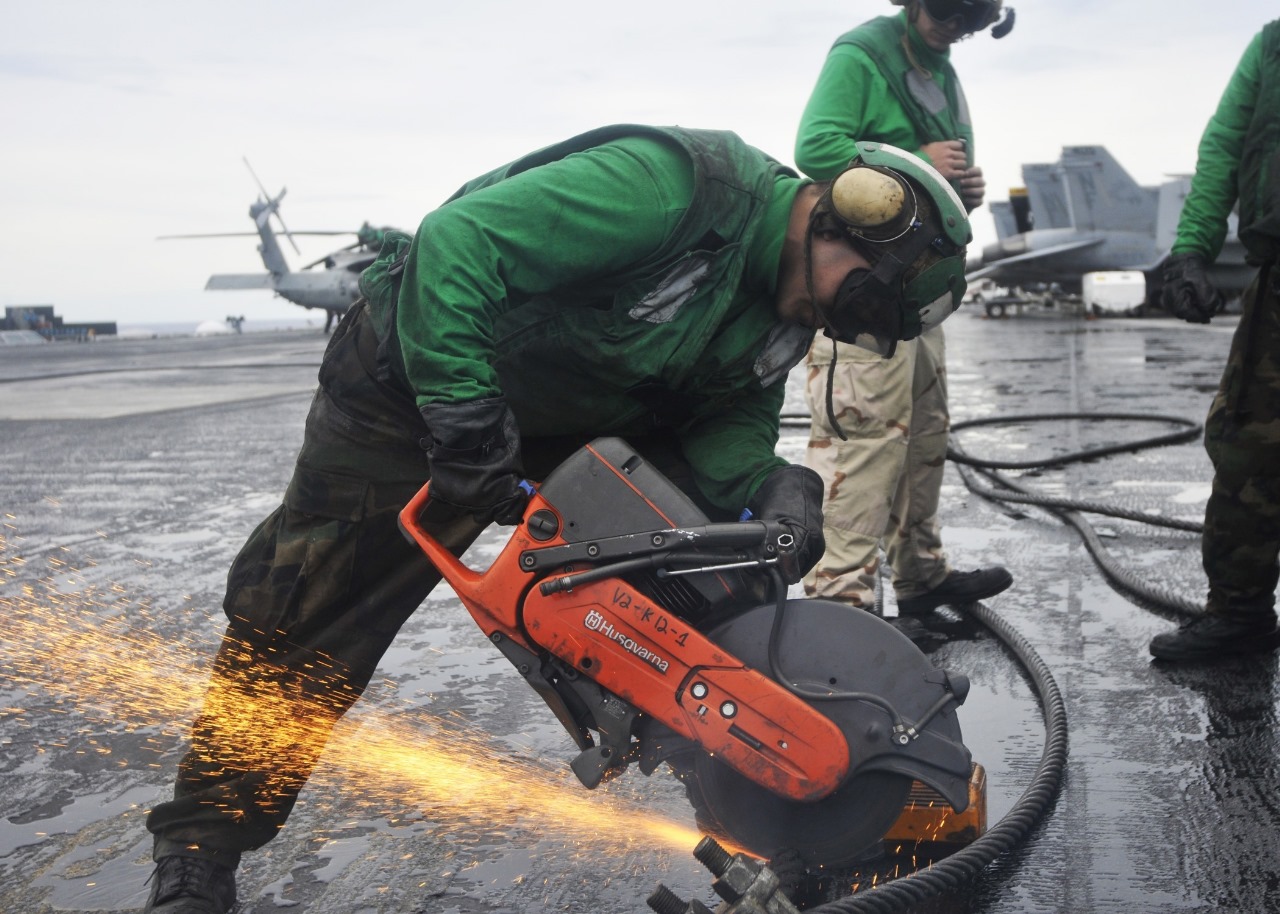Introduction to Non-Destructive Testing Concrete
The importance of Non-destructive testing concrete cannot be overstated when it comes to ensuring safety and reliability in construction projects. Non-destructive testing concrete is an advanced technique used to evaluate the integrity and strength of concrete structures without causing any damage. Construction companies, engineers, and project managers rely heavily on Non-destructive testing concrete to assess the internal quality of concrete elements. By using Non-destructive testing concrete, professionals can detect cracks, voids, or inconsistencies that might affect the structure’s performance. The demand for Non-destructive testing concrete has significantly increased across the UAE due to the growing need for durable and safe infrastructure. When Non-destructive testing concrete is performed at the right stage of construction, it helps in identifying potential weaknesses that could lead to future hazards. Furthermore, Non-destructive testing concrete ensures that the building materials comply with industry standards and regulations. Engineers prefer Non-destructive testing concrete because it provides accurate results without altering the structure, making it an essential part of modern quality assurance processes. Therefore, understanding and applying Non-destructive testing concrete is crucial for maintaining safety and extending the life of any concrete structure.
What is Non-Destructive Testing Concrete?
Non-destructive testing concrete refers to a set of techniques used to examine the physical and mechanical properties of concrete without damaging it. Unlike traditional destructive methods that involve breaking samples, Non-destructive testing concrete evaluates structures while keeping them intact. These tests help identify issues such as cracks, honeycombing, or internal voids that could compromise the structure’s integrity. Common methods include ultrasonic pulse velocity, rebound hammer testing, ground-penetrating radar (GPR), and infrared thermography. Each method of Non-destructive testing concrete serves a unique purpose depending on the type of analysis required.
The Importance of Non-Destructive Testing Concrete for Safety
Safety is a top priority in any construction project, and Non-destructive testing concrete plays a vital role in ensuring that. By detecting internal flaws early, Non-destructive testing concrete helps engineers take corrective measures before small issues become major structural failures. In high-rise buildings, bridges, tunnels, and industrial structures, Non-destructive testing concrete ensures that the load-bearing components are stable and secure. The UAE’s construction sector, known for its ambitious skyscrapers and infrastructure, depends on Non-destructive testing concrete to maintain high safety standards. Through Non-destructive testing concrete, professionals can verify whether concrete has achieved the required strength and density to withstand external forces such as wind, vibration, and load. Moreover, Non-destructive testing concrete minimizes the risk of accidents, financial loss, and legal complications.
Benefits of Using Non-Destructive Testing Concrete
There are numerous advantages to implementing Non-destructive testing concrete in construction projects:
- Preservation of structures: Since Non-destructive testing concrete causes no damage, the structure remains intact.
- Cost-effective inspection: Performing Non-destructive testing concrete helps prevent costly repairs or replacements by identifying issues early.
- Accurate and reliable results: Non-destructive testing concrete provides precise data on concrete quality and uniformity.
- Enhanced safety: By identifying potential weaknesses, Non-destructive testing concrete ensures worker and occupant safety.
- Compliance with standards: Many building codes require Non-destructive testing concrete as part of quality assurance.
Advanced Methods Used in Non-Destructive Testing Concrete
Modern technology has enhanced the accuracy of Non-destructive testing concrete. The most widely used methods include:
- Ultrasonic Pulse Velocity (UPV): Measures wave velocity through concrete to assess quality and detect voids.
- Rebound Hammer Test: Evaluates surface hardness, indicating compressive strength.
- Ground Penetrating Radar (GPR): A powerful tool in Non-destructive testing concrete that locates rebar, voids, and embedded objects.
- Infrared Thermography: Detects thermal variations that signal moisture or hidden cracks.
Each of these techniques adds precision and depth to Non-destructive testing concrete, making it an indispensable part of structural analysis.
Why Choose Us for Non-Destructive Testing Concrete Services
Our company stands out as a leader in Non-destructive testing concrete across the UAE. We combine technical expertise with cutting-edge technology to deliver unmatched accuracy. Our skilled engineers are trained in various Non-destructive testing concrete techniques and adhere to international quality standards. We offer detailed reports that help clients make informed decisions about maintenance, repair, or project continuation. Choosing us means partnering with a trusted team committed to safety, quality, and reliability. We ensure that every Non-destructive testing concrete service we provide contributes to the longevity and stability of your project.
Applications of Non-Destructive Testing Concrete in the UAE
The UAE’s rapid infrastructure development requires consistent evaluation of concrete strength and durability. Non-destructive testing concrete is widely used in bridges, highways, tunnels, towers, and commercial complexes. It’s especially critical in renovation or extension projects where the existing structure must be evaluated for load capacity. Non-destructive testing concrete ensures that projects meet safety codes and sustainability requirements, protecting both investments and human lives.
Conclusion
The role of Non-destructive testing concrete in maintaining safety and structural reliability cannot be ignored. It is a smart, efficient, and non-invasive way to assess concrete quality. By incorporating Non-destructive testing concrete into every stage of a construction project, builders can prevent accidents, reduce costs, and guarantee long-term performance. In a country like the UAE, where innovation meets architecture, Non-destructive testing concrete serves as a cornerstone for safe and sustainable development.
FAQs
Q1. What is the purpose of Non-destructive testing concrete?
A1. The purpose of Non-destructive testing concrete is to assess the strength and quality of concrete structures without causing damage.
Q2. How often should Non-destructive testing concrete be performed?
A2. Non-destructive testing concrete should be conducted during construction, after major repairs, or periodically as part of maintenance.
Q3. Which methods are most reliable for Non-destructive testing concrete?
A3. Ultrasonic pulse velocity, GPR, and rebound hammer tests are the most reliable methods of Non-destructive testing concrete.
Q4. Why is Non-destructive testing concrete essential in the UAE?
A4. Due to rapid construction and extreme weather conditions, Non-destructive testing concrete ensures structures remain durable and safe.
Q5. Can Non-destructive testing concrete detect internal cracks?
A5. Yes, Non-destructive testing concrete effectively identifies internal cracks, voids, and inconsistencies without harming the structure.











Leave a Reply